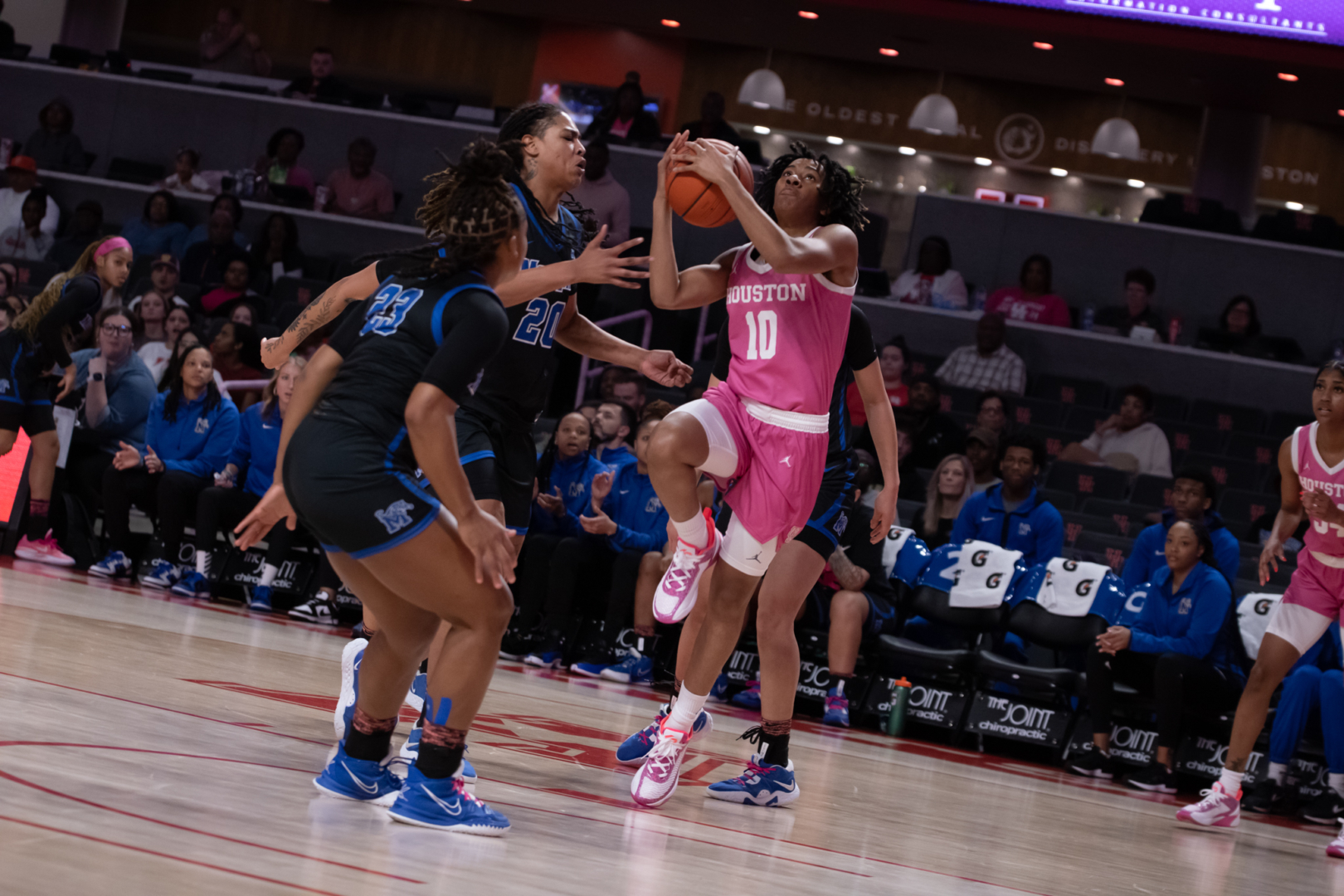In August 2022, AP News released a story detailing how a bishop in the Church of Jesus Christ of Latter-day Saints knew about child sexual abuse and didn’t report it to authorities. The child abuse continued for seven years. That story spawned reactions of “dismay, disgust and anger.” It also prompted discussion of the role of clergy and if they should be mandatory reporters of child abuse.
This legislative session, three bills have been introduced on the topic of clergy mandatory reporting. While all these bills have good intentions, only one — H.B. 115 — does enough to combat child abuse.
Child Sex Abuse and the LDS Church
In Utah, mandatory reporting laws make everyone responsible for reporting child abuse, with just a few exceptions. Those exceptions exists for clergy who learn about child abuse or neglect from a perpetrator while acting in a ministerial role. The goal of this exception in Utah, and similar exceptions in other states, is to protect priest-penitent privilege, but the result is child abusers flying under the radar of law enforcement and victims suffering.
Michael Rezendes’ AP story demonstrates exactly how this happens. In one case Rezendes examined, a bishop who counseled an abuser followed church guidelines, which pushed him to avoid calling law enforcement and instead use the church’s “help line.” The call to this help line left the bishop feeling like he wasn’t allowed to report the abuse to the police, even though he legally could. The bishop continued offering counseling to the abuser, but the abuse continued.
Rezendes explains this so-called help line is “answered by social workers or professional counselors who determine whether the information they receive is serious enough to be referred to an attorney … who represents the church.” The help line doesn’t exist to serve abused children or provide them help, but to protect the LDS church. It operates in secrecy and the records of calls get erased every day.
Clergy exemptions from mandatory reporting open the door to churches hiding child abuse anywhere, but Utah is particularly susceptible. Sixty percent of Utah’s population is LDS. This means that more children in our state are vulnerable to mandatory reporting exceptions allowing church policies to funnel abuse claims to sketchy helplines rather than law enforcement. Something clearly needs to change, and three Utah legislators — Rep. Brian King, Sen. Stephanie Pitcher and Rep. Angela Romero — have offered up possible solutions.
Three Bills, Only One Good Solution
King’s H.B. 212 would make the smallest change to our current mandatory reporting laws. It clarifies that clergy can legally report abuse to law enforcement if they learn about that abuse in an exchange that would be covered by priest-penitent privilege. He explained that his bill “just makes explicit something that the law already allows, but doesn’t specifically and expressly say it allows.” King also expressed that he didn’t have a problem with bills that would make clergy mandatory reporters, but if they don’t pass, “we ought to make clear to clergy that they can if they choose to go to law enforcement to report abuse of a child.”
Pitcher’s S.B. 72 would more substantially change the law. It would make clergy mandatory reporters, but only if they believe the child abuse is “ongoing or is likely to occur again.” This raises concern because clergy members do not receive the training that social workers, counselors or other professionals who work with abused children have. They don’t have the same tools to identify ongoing abuse, which could leave children vulnerable.
Romero’s H.B. 115 would most drastically change child abuse reporting standards. If passed, it would make all clergy mandatory reporters no matter who they learn of the abuse from or if it is ongoing. Each of these bills would improve mandatory reporting standards, but H.B. 115 takes the necessary steps to confront child abuse where it remains hidden and buried.
One in nine girls and one in 53 boys experience sexual abuse or assault as children. Childhood sexual abuse affects victims in nearly every area of their lives from physical and mental health to interpersonal relationships. It even causes brain damage, affecting the way victims experience stress and memory recall and causing emotional and attentional abnormalities.
Beyond this, speaking as a victim of adult sexual assault, we need to recognize that how we write our laws can affirm or deny victims. Exceptions to mandatory reporting laws tell victims that their abuse isn’t serious enough to require reporting.
A victim interviewed by AP said, “They just let it keep happening. They just said, ‘Hey, let’s excommunicate her father.’ It didn’t stop. ‘Let’s have them do therapy.’ It didn’t stop. ‘Hey, let’s forgive and forget and all this will go away.’ It didn’t go away.” Allowing church leaders to hide abuse from law enforcement allows that abuse to continue. It also makes victims feel ignored and unimportant.
The point of mandatory reporting laws is to put the responsibility for ending child abuse on everyone. Clergy should not be excluded from that responsibility, especially when they belong to a church that has a history of hiding child abuse. Our legislators clearly see a problem here and each of these bills offers an improvement on our current law. Still, Romero’s H.B. 115 is the only bill that tells child abuse survivors their abuse should never be tolerated or ignored, and it takes the necessary steps to fight child abuse in our state.






